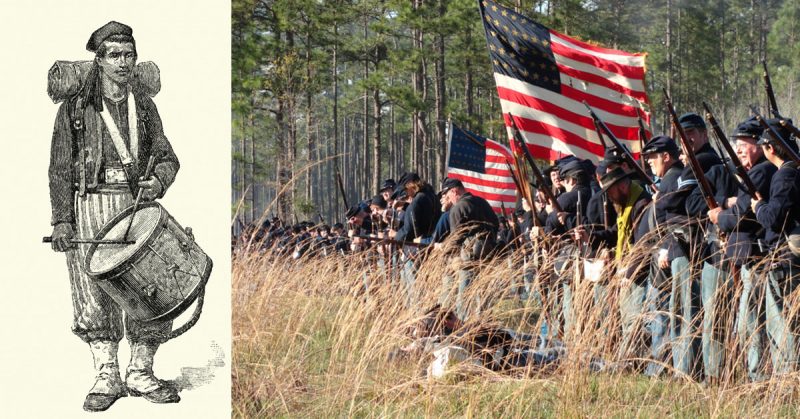The Civil War was the bloodiest ever war fought on the home soil of the United States. The war pitted North against South, brother against brother. The South featured superior military strategy, and the North had more able-bodied troops.
One of the most infamous battalions to fight were known as “Wheat’s Tigers.” The battalion was established when Chatham Roberdeau Wheat returned from serving with the Red Shirts in Italy, seeking to raise a battalion to support the Confederates during the Civil War. The company soon grew in both reputation and size.
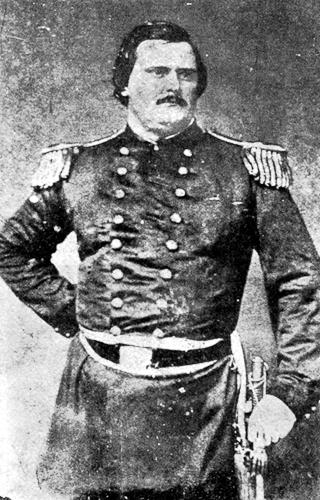
Wheat, a native of Virginia, originally focused on developing a full regiment in New Orleans. The company was called “Old Dominion Guards,” a homage to Virginia’s secession from the Union. Wheat originally recruited 50 men, and his notable successes and experience of fighting in Mexico, Cuba, Nicaragua, and Italy attracted four other assembling companies to join Wheat’s outfit.
Unlike Wheat’s original 50 volunteers, the men of the assembled companies were considered scoundrels and lowlifes – many worked as ship hands, dockworkers, and laborers, and were described as “the lowest scum of the lower Mississippi…adventurous wharf rats, thieves, outcasts…and bad characters generally.”
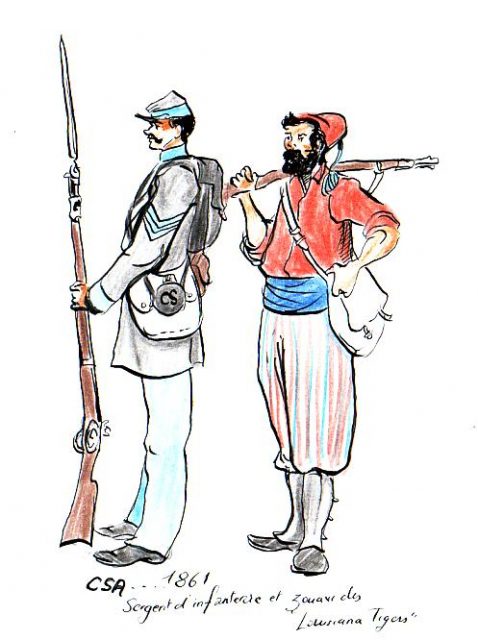
The company included many Irish immigrants who did jobs considered too dangerous or risky for slaves (who were considered more valuable and costly to replace). If an Irishman got severely injured or killed, there would be no cost upon the employer, but if a slave became disabled or died, the cost to replace them would be several hundred dollars.
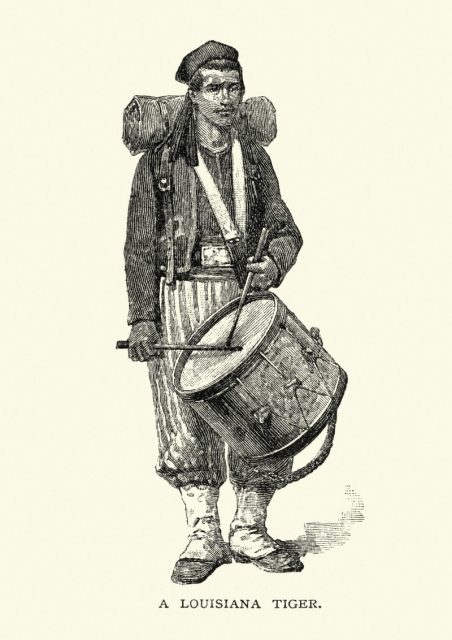
While members of Robert Harris’s Walker Guards battalion had battle experience, the men of the other companies that joined Wheat’s regiment, mostly these Irish immigrants and low-level laborers, had never even fired a musket. The regiment was named the Tiger Battalion and featured a diverse mix of seasoned soldiers, attorneys, tradesmen, and unskilled hooligans. Over 24 different nationalities of men joined the Tiger Battalion.
The regiment gained a reputation for unruliness, grit, rioting, and violence, and it was soon feared throughout the country. Although the Tiger Battalion was known to cause mayhem and chaos, it fought valiantly throughout the Civil War, gaining a reputation for never retreating, and once even resorted to throwing rocks during a battle when their ammunition ran out.
Although the Tigers were a small fraction of Louisiana’s 12,000 troops, their reputation slowly grew to encompass all Louisiana soldiers. The reputation created such fear that a Pennsylvania woman fainted when a soldier, who politely asked for food, mentioned he was from Louisiana.
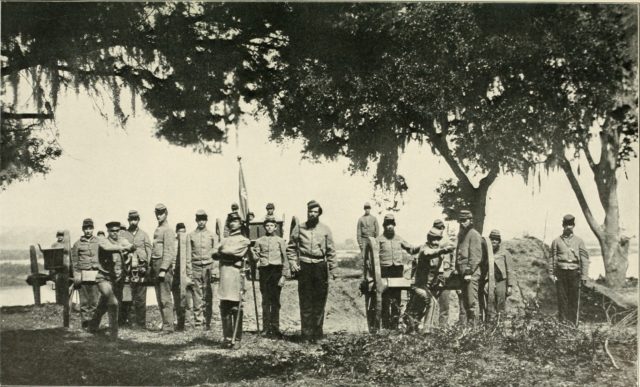
In September 1861, Wheat was recovering from serious injuries, and the Tigers needed a replacement commander until Wheat was able to rejoin the war. Lt. Col. Charles de Choiseul was chosen to temporarily take charge of the Tigers after the previously assigned officer quit after several weeks because he was unable to control the regiment. De Choiseul, a well-educated French Creole, was displeased with his assignment.
After several unruly incidents, including having to arrest a sergeant, address soldiers leaving camp without permission, and a riot, de Choiseul had to resort to shooting a disobedient soldier in the face to regain control of the Tigers. After seeing their commander shoot the man through the cheek, knocking out several of his teeth, the Tigers submitted to de Choiseul’s command until Wheat returned.
De Choiseul was eventually killed in the Battle of Port Republic several months after taking command of the Tigers, and Wheat ultimately died in June 1862 while leading the battalion into battle.
The Louisiana Tiger’s proved to be one of the toughest, most dedicated battalions in the Civil War and were the only Confederate soldiers to break through the Union line at Gettysburg. The group fought in every major battle in Virginia throughout the Civil War and suffered high casualties. At the end of the Civil War, only 373 Tigers were left on active duty.
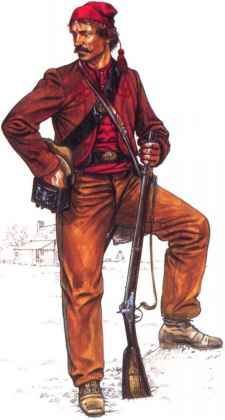
Louisiana State University famously chose the Tiger mascot when Dr. Charles E. Coates, who oversaw choosing a name for the school’s football team, was told that Tiger soldiers were the toughest men to ever walk the earth.
